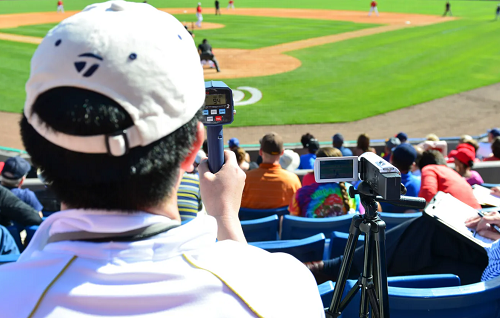
We are here with Tenafly’s LHP Aljo Sujak, who will be entering his freshman year at William and Mary this coming September. Aljo was selected as Baseball Player of the Year this past spring by NorthJersey.com (The Record), which is obviously a significant honor. He started training with us about a year ago and spent the better part of last fall training 3-5 times per week. He continued throughout the winter with the Pitching Lab and also trained all in-season throughout the spring. Needless to say, as POY in Bergen county, he had a phenomenal spring season. As a primary pitcher, he blasted 11 home runs and during 56 innings of work he struck out 72 players. He finished 5-2 with a 2.25 earned-run average.









